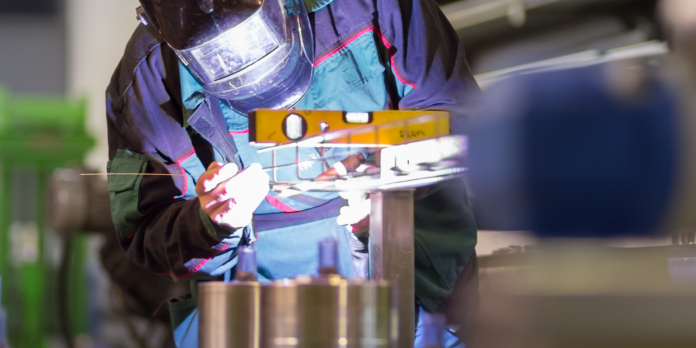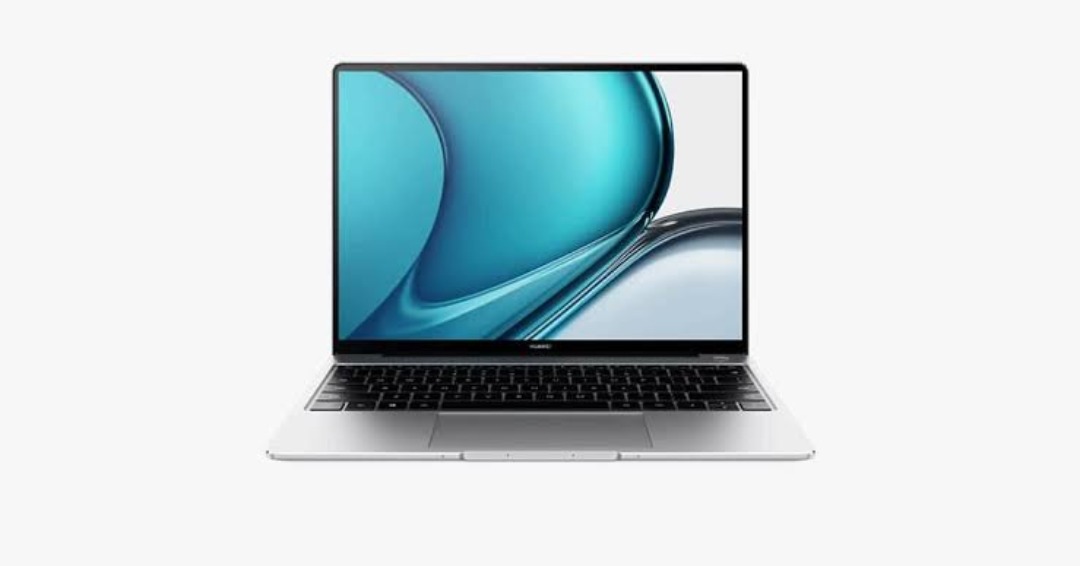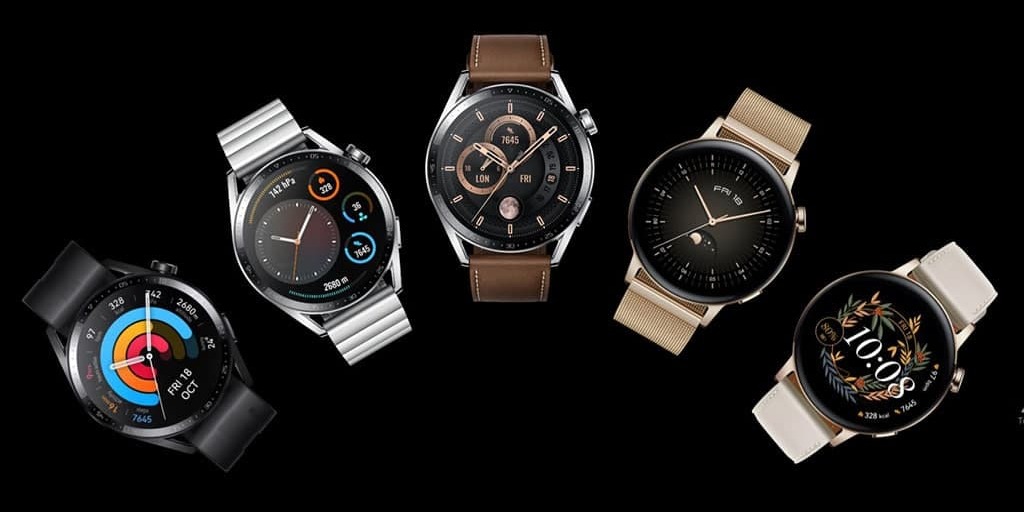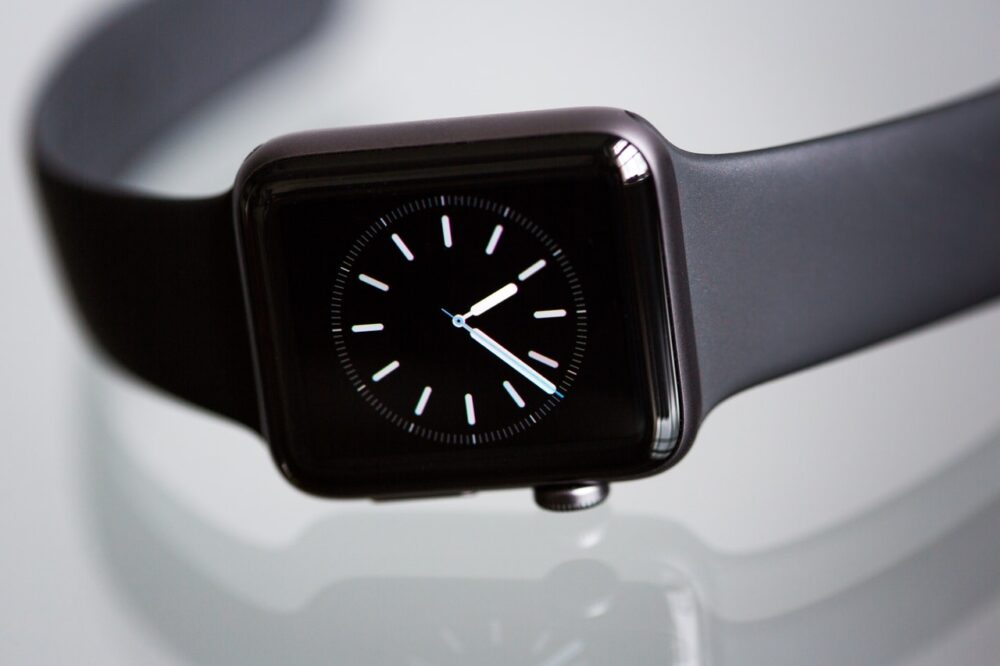In the world of business, prototypes come in many shapes and sizes. For example, a proof-of-concept prototype is used to test some aspect of an idea so that it can be either accepted or rejected before any more time or money is invested into the project. In this article, we will examine three types of prototyping: Proofs-of-Concept (POC), Working Prototypes and Mockups. Visit prototyping service
A POC is just what it sounds like–it’s a prototype used for testing purposes. A working prototype has gone through at least one round of revisions and may even have been tested by real users; however, there are usually still changes that need to be made before the final product is ready for market introduction. A mockup is a prototype that is not interactive; it’s simply used for demonstration or presentation purposes.
7 Tips for Creating a Successful Prototype
Creating a successful prototype is not always easy. Here are seven tips to help you get started:
1. Keep it Simple
The whole point of a prototype is to test an idea, so there is no need to make it overly complicated. In fact, the simpler your prototype is, the easier it will be to test.
2. Make it Visual
A prototype should be visual so that users can easily see how the product will look and work.
3. Make it Physical
A physical prototype is easier to interact with and test than a digital one. You can always create a digital version later on.
4. Make it Easy to Change
Remember that a prototype is meant to be changed and improved upon, so make sure it is easy to revise.
5. Get Feedback Early and Often
The whole point of a prototype is to get feedback from users so that you can make the necessary changes before launching the final product. Therefore, it is important to get feedback early and often during the prototyping process.
6. Be Prepared to Fail
Not every prototype will be a success, but that’s okay. The important thing is to learn from your mistakes and keep moving forward.
7. Have Fun
Prototyping should be an enjoyable experience, so make sure to have fun with it!
One of the most important aspects of prototyping is getting feedback from users. This can be done in a number of ways, such as through surveys, interviews, or focus groups. Surveys are great for collecting quantitative data, while interviews and focus groups provide more qualitative information. No matter what method you choose, make sure to get feedback early and often so that you can make the necessary changes to your prototype before launching the final product.
Conclusion – What are the types of prototyping? Varying Models of Proof-Of-Concept
Prototyping is a necessary stage of the product development process. In order to get feedback from users, it’s important to keep your prototype simple and visual so that they’re able to easily see how the product will work or look. It can be difficult at times, but don’t give up! Keep in mind these 7 tips for creating a successful prototype. And above all else, have fun with it!











